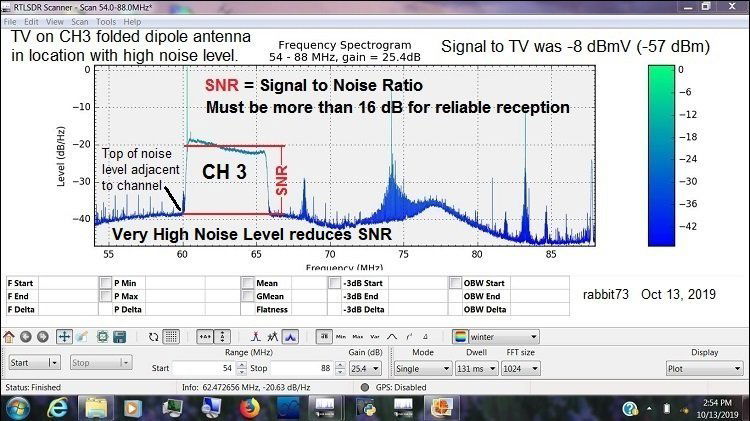Can any of you show me through a picture how big a Vhf-low band really is. If they are talking about 3 to 4 meters per element length.
Mvg
you might still see some VHF band 1 antennas on older roofs in the Netherlands as channel E4 was used for Nederland1 TV at the Lopik transmitter (between Utrecht and Rotterdam), until the switch to digital about 15 years ago.
Now for a cheap/easy way to get an ATSC 1 tuner, your best bets are either a digital converter box from the US, typicaly used to add Digital capability to older TVs, or better, a Hauppauge 950Q USB dongle.
Tropo will NOT carry any TV signal across the Atlantic, E-skip might but it's really a bit of a stretch and you could spend a lifetime hunting for it and never receive it. Of course if you look at old DX-TV reports you will see occasional reports of BBC received in Nova-scotia etc, but that was a bit easier when the signals were analog (you could sometimes visually identify what it was despite the noise and distortion, digital is a bit less forgiving) and band 1 (VHF-Low in US speak) was used a lot more with powerfull transmitters. I used to do a lot of DXing from the area of Dunkirk in northern France in the 80's and early 90's. Tropo from UK, Germany, Netherland was quite frequent, occasionaly also bringing in UHF from Denmark, from DDR, etc... and with E-skip i received TV from USSR, Sweden, Italy, Norway, Iceland, Spain quite frequently during the summer. I suspect I once got TV from Jordan on channel E3 but i'm not 100% certain. However I never received anything from as far as North America. This said, there used to be some low-power NTSC stations for US and Canadian military bases in Germany, also one near Mons/Bergen in Belgium, and one in Soesterberg, Nederland. I don't know if any of those still exist - I very much doubt it.
you might find this site interesting:
Rijn Muntjewerff TV DX World
Rijn was the king of TV DXing in Europe in those days. Unfortunately he passed away in 2014.



